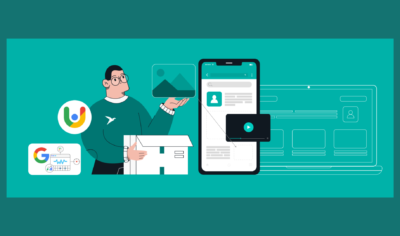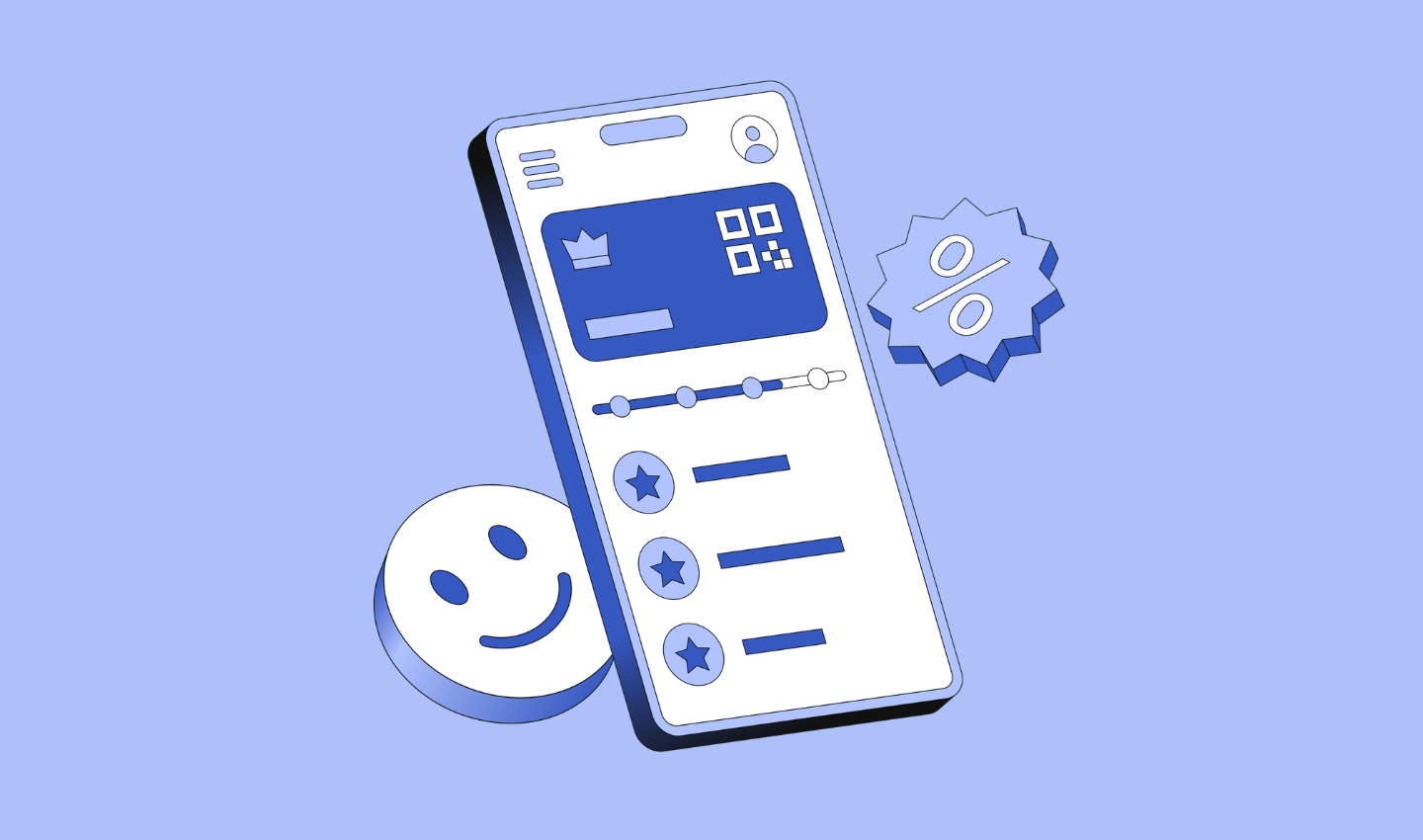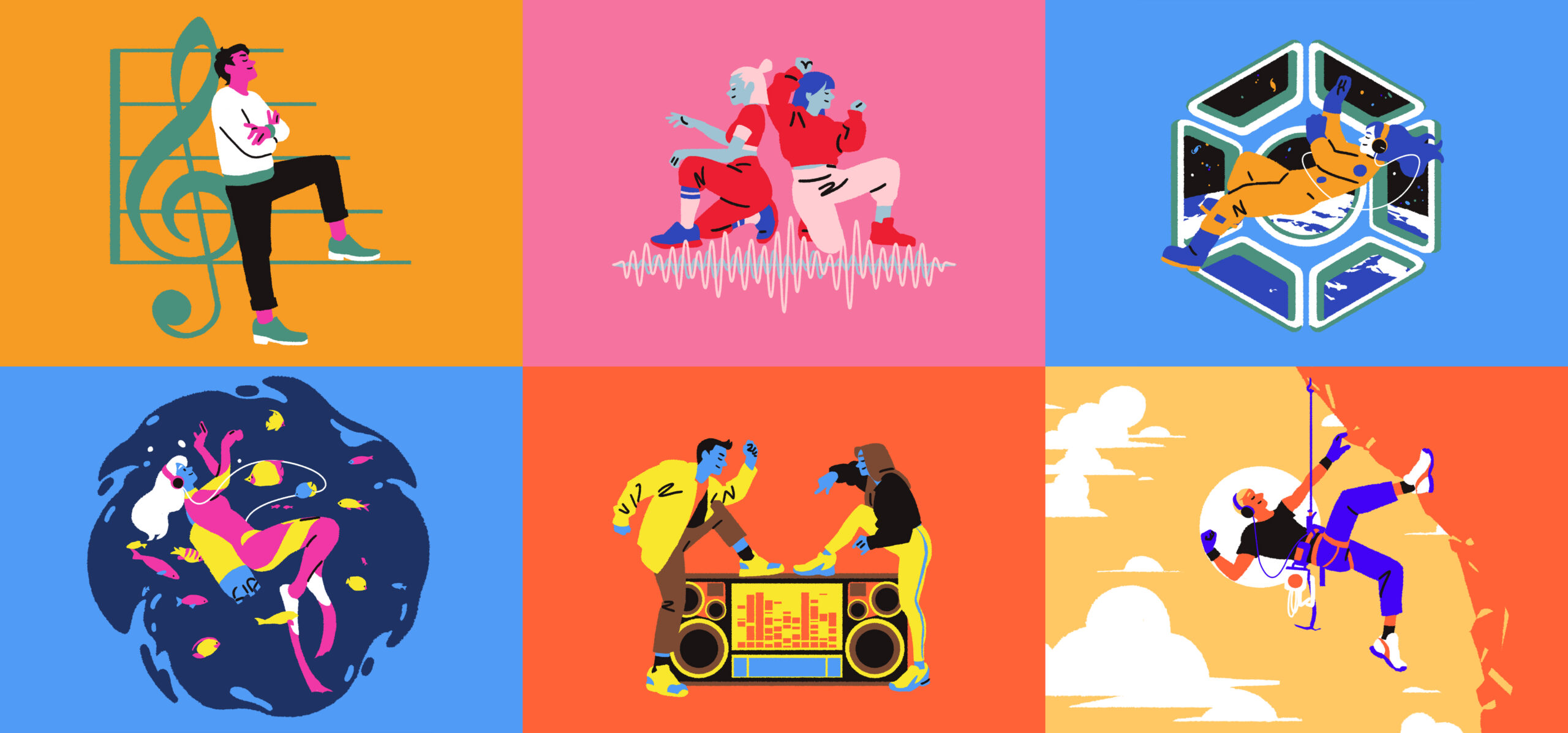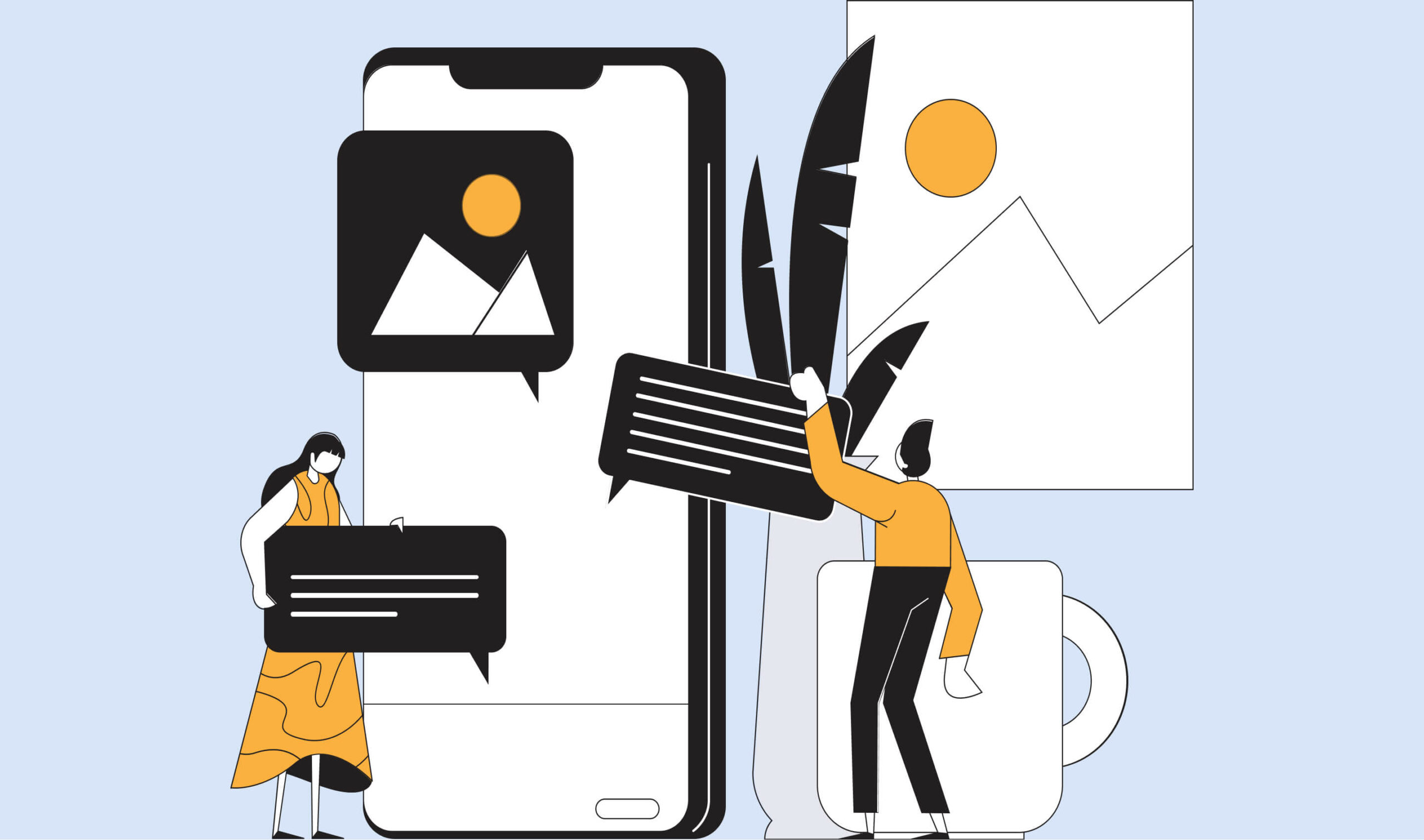
How ‘Ugly’ Websites Are Winning the Conversion Game
When we think about effective websites, sleek visuals, modern layouts, and professional aesthetics usually come to mind. Common wisdom tells us that these beautifully designed sites naturally attract more visitors, engage them effectively, and boost conversions. But here’s an intriguing twist: could websites considered “ugly,” with unconventional designs and simpler visuals, actually outperform their polished, professional counterparts?
Surprisingly, there’s growing evidence supporting this counterintuitive idea. Websites that prioritize simplicity, authenticity, and direct functionality—even at the expense of visual appeal—can tap into deeper psychological factors that resonate strongly with users. In this article, we’ll explore what makes “ugly” websites successful, look into fascinating psychological insights, and look at real-world examples challenging the traditional assumptions about effective web design.
Table of Contents
Psychological Factors Behind the Success of Ugly Websites
You might wonder: why would something intentionally “ugly” actually appeal to people? The answer lies in the fascinating psychological dynamics at play:

1. Authenticity and Trustworthiness
Users often perceive highly polished, professionally designed websites as corporate or sales-driven. In contrast, less polished sites can feel more genuine, relatable, and transparent. When a website doesn’t appear overly commercial or polished, people tend to trust it more—it seems less like it’s trying to manipulate or aggressively sell something, and more like it’s providing straightforward, honest information or services.
2. Nostalgia and Familiarity
Another powerful psychological factor is nostalgia. “Ugly” websites often resemble designs from the early days of the internet—basic HTML sites, vintage graphics, simple menus, and plain backgrounds. For many users, this can evoke pleasant memories of a simpler digital era, creating emotional connections through familiarity and comfort. When a site triggers nostalgia, users often linger longer, trust the brand more, and feel a deeper personal connection.

3. Focus on Content and Functionality
Without the distractions of complex animations, fancy graphics, or slick layouts, “ugly” websites often excel at focusing users directly on content and usability. Simplicity can significantly enhance user experience by making it effortless to find and interact with content. This straightforward approach helps visitors quickly understand the site’s value, leading to increased engagement, satisfaction, and higher conversion rates.
4. The “Under-Dog” Effect
Ever rooted for an underdog in a sports game or cheered for a smaller business competing against corporate giants? The same psychological principle applies to ugly websites. When a website looks less sophisticated, it can appear as an “underdog,” which psychologically triggers empathy and support from users. People naturally feel inclined to root for something authentic that seems to lack resources yet is effective at its purpose. This underdog appeal can foster a sense of community and loyalty among users, prompting them to engage more genuinely and even become advocates.
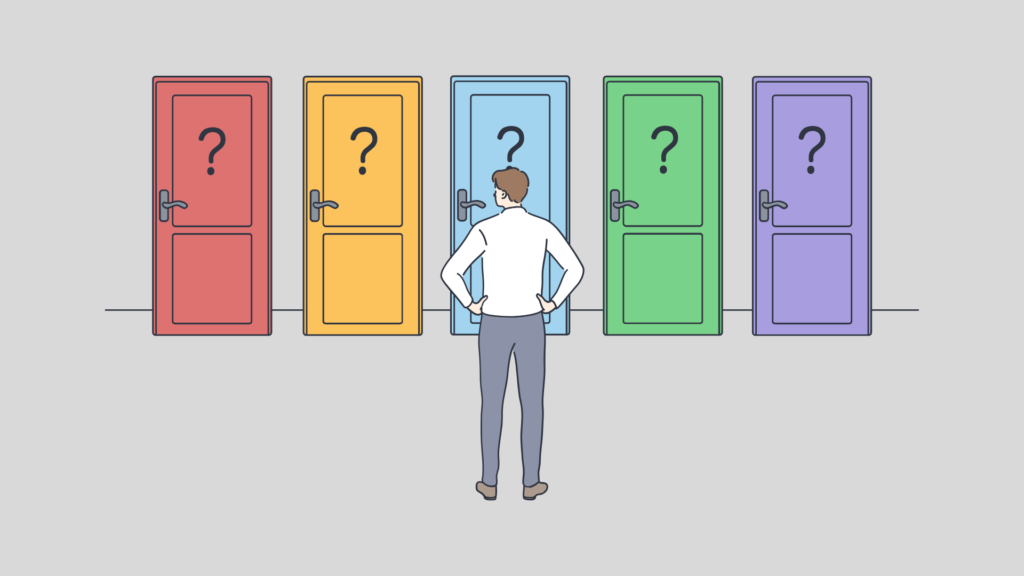
5. Cognitive Fluency and Reduced Decision Fatigue
Our brains love simplicity! Cognitive fluency refers to how easily our minds can process information. Ugly websites typically offer fewer visual elements, less complexity, and straightforward navigation, significantly reducing cognitive load. When users experience less mental effort navigating a site, they feel more comfortable, relaxed, and decisive. This simplicity directly translates into reduced decision fatigue, which can lead to higher conversions—people are less likely to leave the site due to overwhelm, frustration, or confusion
Case Studies and Examples
Let’s dive into some real-world examples that illustrate exactly how and why “ugly” websites can be exceptionally successful:

1. Craigslist
Craigslist is perhaps the most famous example of an “ugly” website that consistently outperforms many visually sophisticated competitors. Its minimalist layout, basic text-based structure, and absence of flashy graphics defy contemporary web design principles. Yet, users love Craigslist precisely because it’s straightforward, fast-loading, and hyper-functional. The site’s clarity and ease of use have made it one of the most consistently popular classified-ad platforms worldwide.
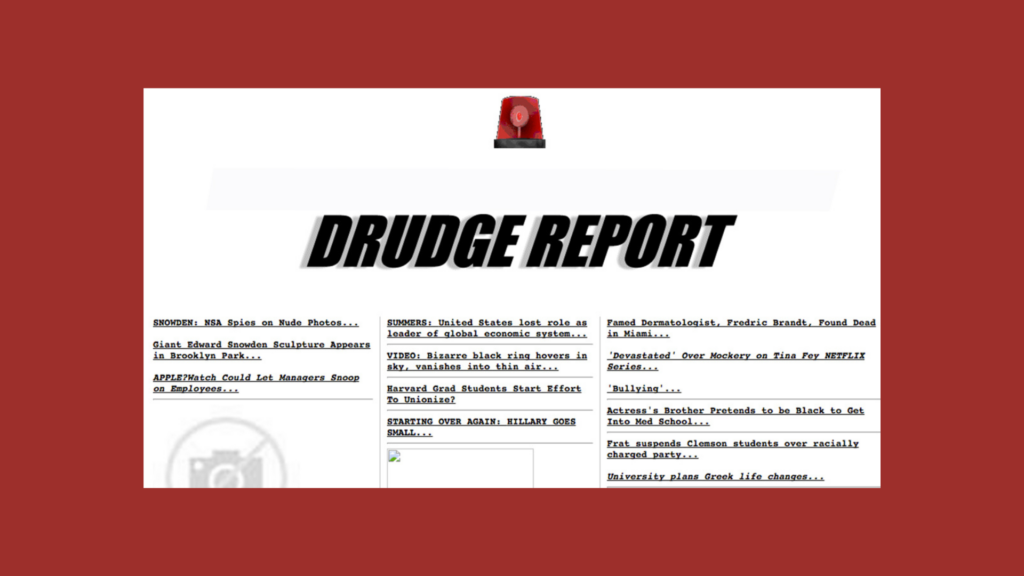
2. Drudge Report
The Drudge Report, known for its visually outdated and text-heavy design, remains hugely popular. Rather than fancy visuals, Drudge Report focuses entirely on content—rapidly updated news headlines arranged in a simple list. This minimalism enables users to quickly scan the latest news, making the site a go-to resource for millions of readers who value immediacy and clarity over aesthetic appeal.
These examples clearly demonstrate how “ugliness”—or more accurately, simplicity and directness—can translate directly into user trust, ease of use, and high conversions.
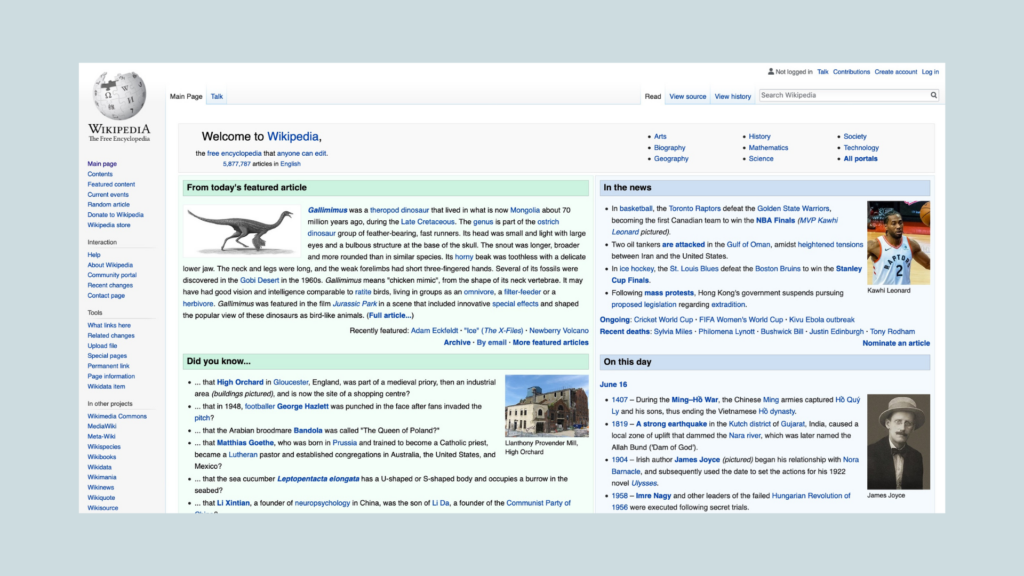
3. Wikipedia
Wikipedia, the world’s largest online encyclopedia, embraces a very basic and stripped-down design that’s hardly changed since its launch. The site’s lack of ads, minimal images, and plain text-based format highlight content over aesthetics. Users worldwide consistently rely on Wikipedia because its simple and straightforward layout emphasizes quick readability, ease of navigation, and credibility. Its functional simplicity fosters trust, enhances usability, and encourages frequent return visits, making it one of the internet’s most visited and trusted resources (Nielsen Norman Group).
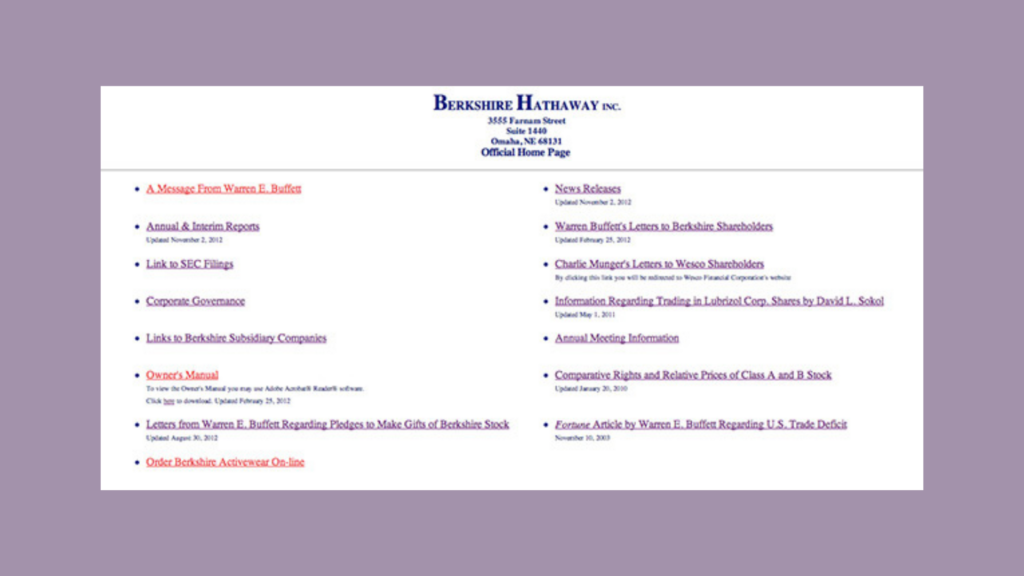
4. Berkshire Hathaway
Surprisingly, Berkshire Hathaway, the multinational conglomerate led by billionaire investor Warren Buffett, maintains one of the simplest and most outdated-looking websites online. The site looks as if it hasn’t been updated since the 1990s, with plain text, basic hyperlinks, and zero graphical embellishments. Yet, this intentional simplicity signals clarity, transparency, and authenticity—qualities strongly associated with Buffett himself. Users interpret this straightforwardness as a reflection of Buffett’s no-nonsense investment philosophy, reinforcing trust and reliability
Balancing Aesthetics and Functionality
While we’ve highlighted the surprising effectiveness of unconventional design, this doesn’t mean aesthetics aren’t important. The key is finding the right balance between beauty and functionality for your specific audience.
Here’s how you can strike that balance effectively:
1. Understand Your Target Audience
Knowing your audience’s preferences, expectations, and behavior is crucial. Different audiences appreciate different aesthetics. For instance, a younger, digitally savvy crowd might enjoy more experimental designs, whereas a more traditional or older audience might prefer straightforward, simple layouts.
2. Maintain Usability as a Priority
No matter what design direction you choose, usability should never be compromised. Users must effortlessly navigate your site, easily find information, and quickly achieve their goals. Great UX design principles such as clear navigation, readable text, and quick load times must remain at the core of your site’s design.
3. Conduct A/B Testing
One of the most effective ways to know what design works best for your audience is through A/B testing. Testing allows you to present different design versions to your audience and measure real user reactions, ensuring your final design effectively meets your audience’s preferences and needs (Medium).
Balancing aesthetics and functionality is about being intentional, data-driven, and user-focused. This approach ensures your website will deliver the best experience possible, combining visual appeal with genuine usability.
Final Thoughts
Exploring the effectiveness of “ugly” websites teaches us an important lesson: design norms aren’t set in stone. Sometimes, challenging these norms and prioritizing functionality, clarity, and authenticity can yield surprising results. Ultimately, your website’s success hinges on understanding your users and delivering genuine value, not merely visual appeal.
Take your company to the next level and get results with our world class user experience, interface design and implementation.
Get a FREE 30 min Strategy Session
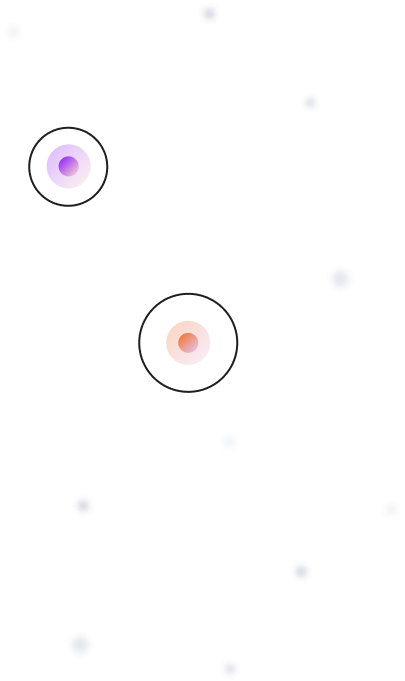
Related posts
Gamify Your Goals: How the Goal Gradient Effect Can Hack User Motivation
Tired of staring at mountains of tasks, paralyzed by their insurmountable height? Turns out, our brains have a built-in cheat […]
Spotify’s Embodiment of Emotional Design
On average, each smartphone user has 80+ apps on their phone, but only really launch around 9 apps per day. […]
A Beginner’s Guide to All Things Design – UI, UX, CX & SD (2022)
Okay, let’s dive in. You’re overwhelmed because Harry from the Design team won’t shut up about his new UI designs […]
Creative product design that gets results
Take your company to the next level with world class user experience and interface design.
get a free strategy session
